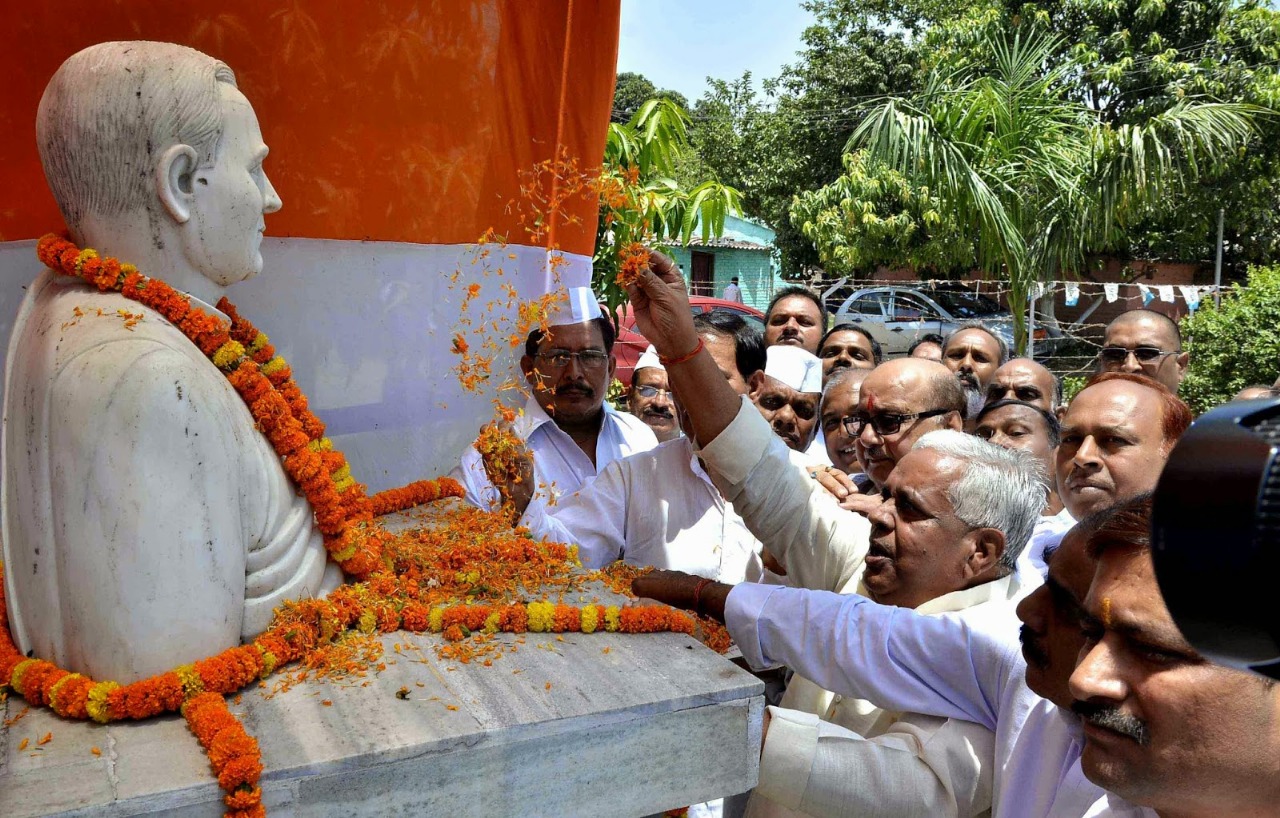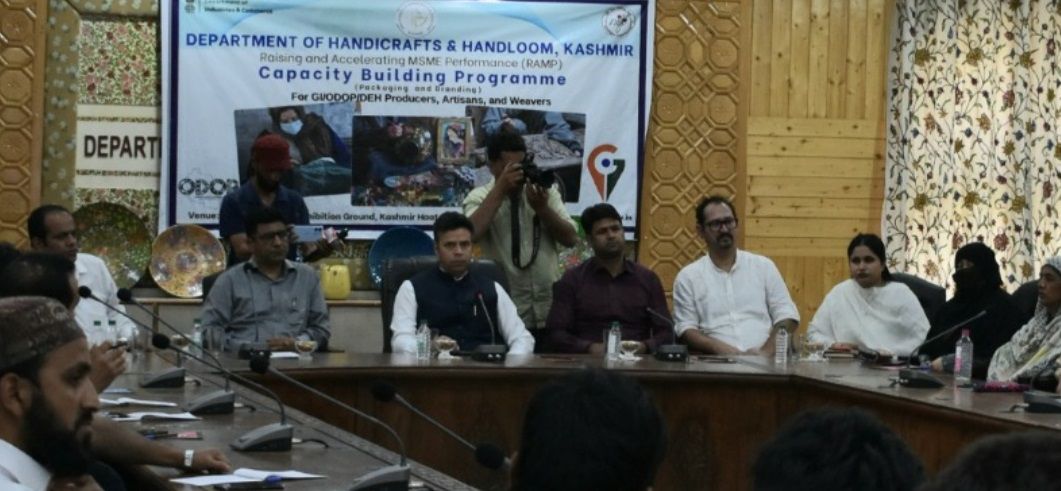 Image Source: Odisha TV
Image Source: Odisha TV
India is preparing to take gigantic strides in the lunar exploration arena, with excitement brewing surrounding the Indian Space Research Organisation's (ISRO) next efforts, Chandrayaan-4 and Chandrayaan-5. Dr. V. Narayanan, ISRO Chairman, announced to the media during a visit to the Central Tool Room and Training Centre (CTTC) in Bhubaneswar that preparations and investigations for both missions are already underway and next moves will be significant developments for India's space programme.
Dr. Narayanan stated that Chandrayaan-4 would be India's most extensive lunar mission yet - to collect samples from the moon's surface and safely return them to Earth. The mission will also show advanced technologies related to precision landing, robotic sample collection, lunar ascent, and mid-space docking to demonstrate capabilities for future human landings on the Moon.
After Chandrayaan-4, ISRO is preparing to launch Chandrayaan-5 with the Japan Aerospace Exploration Agency (JAXA). Chandrayaan-5 is also referred to as the Lunar Polar Exploration Mission (LUPEX) and focuses on the south polar region of the Moon that will carry a 350 kg rover that will have an operational life of 100 days, compared to 14 days experienced by previous rovers. A larger rover provides better exploration and examination of the lunar surface, especially in permanently shadowed areas believed to contain water ice.
"The instruments that make up these missions validate increasing scientific capability among the nations of the world," Dr. Narayanan reiterated. Chandrayaan-4 will be a sample return mission, while Chandrayaan-5's larger rover will allow for a longer mission duration, measuring water ice. "ISRO has also confirmed to move past what has been possible - especially lunar science and technology capabilities - these missions could validate needed technology for India's crewed lunar landing in 2040."
The ISRO chief additionally explained that Chandrayaan 4 and 5 missions will also help confirm needed advanced technologies for ISRO's eventual goal of a crewed lunar landing by 2040. He mentioned that ISRO is also simultaneously developing and mapping out the Gaganyaan human spaceflight programme and planning the implementation of an indigenous space station to boost and inspire a new organizational horizon for India's space ambitions.
Source: Ommcom News, Odisha TV, The New Indian Express
Advertisement
Advertisement






